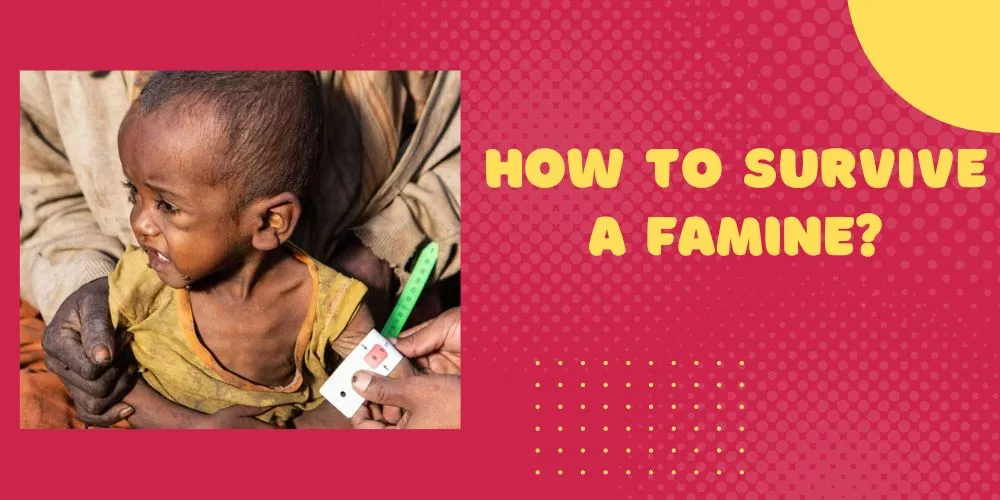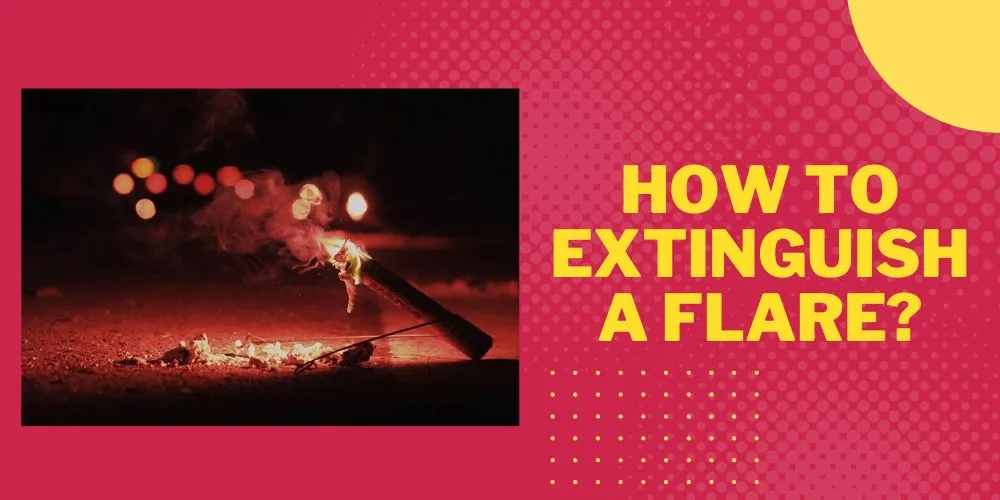The ability to start a fire is a fundamental skill that has been pivotal to human survival and advancement. While the basics of fire starting are well-known, the use of unconventional materials like burnt wood often raises questions.
So, can you start a fire with burnt wood?
This article delves into the scientific principles and practical techniques behind using burnt wood as a fuel source, exploring whether it’s a viable method for ignition and under what circumstances it can be successfully employed.
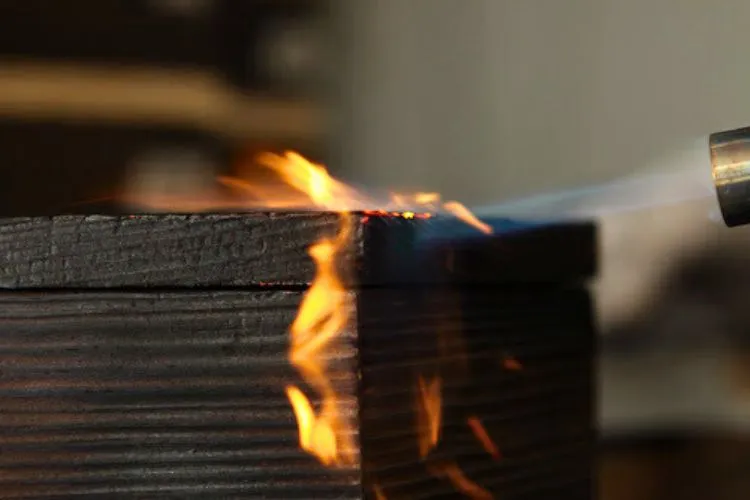
Can You Start a Fire with Burnt Wood?
Yes, it’s possible to start a fire with burnt wood, provided the wood has retained some combustible material and is not completely turned to ash.
Burnt wood, often partially charred, contains carbon which is a flammable substance.
To successfully use burnt wood for starting a new fire, you’ll need to ensure that it is dry and has not been completely consumed by the previous fire.
Charred wood ignites at a lower temperature than unburnt wood, making it potentially useful for kindling to help start a new fire.
Combine it with other highly flammable materials like dry leaves, small twigs, or paper. The key is to ensure enough heat is generated to ignite the charred pieces and that there is sufficient airflow to feed the new flame.
Focusing on practical techniques for starting a fire with burnt wood, we delve into the methods that can turn the seemingly unusable remnants of a fire into a source of warmth and light. This section outlines how to prepare and ignite burnt wood effectively.
Practical Techniques for Starting a Fire with Burnt Wood
- Selection: Choose pieces of burnt wood that are mostly charcoal. Charcoal is preferable because it retains the ability to catch fire more readily than ashes or completely charred wood.
- Fragmentation: Break the charcoal into smaller pieces. This increases the surface area, making it easier to catch fire.
Ignition Methods
Using a Spark
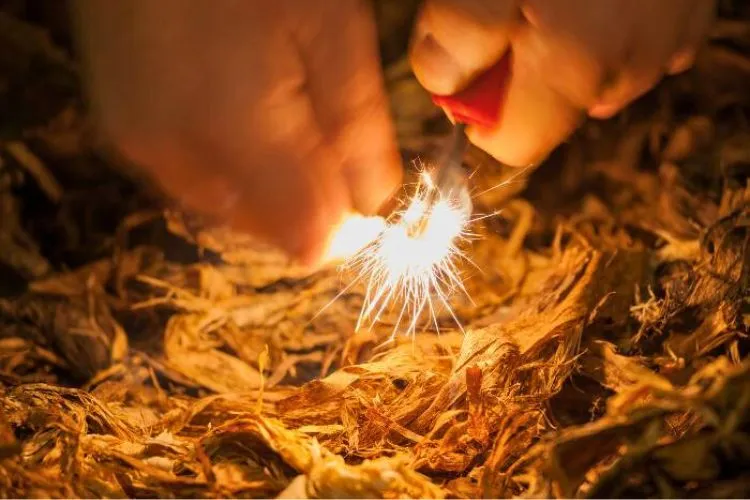
- such as flint and steel are effective for generating sparks.
- Position the charcoal where it can catch a spark. This often requires a tinder nest made of easily ignitable material (dry grass, leaves, or commercial tinder).
- Strike the flint and steel to direct sparks onto the charcoal.
Amplifying Heat
- Use a magnifying glass or any convex lens to focus sunlight onto the charcoal. This method requires direct sunlight and patience as it may take a few minutes for the charcoal to smolder and catch fire.
- Once the charcoal begins to smolder, gently blow on it to increase oxygen flow and encourage a flame to develop.
Transfer of Ember
- you have access to a small ember or a piece of lit tinder, you can place it directly onto the charcoal.
- Enclose the ember with more charcoal and tinder, carefully arranging them to allow for airflow while keeping the ember enclosed.
- Blow gently on the ember to feed it with oxygen, encouraging the charcoal to catch fire.
Safety Considerations and Tips
- Always ensure that you have a clear area free of flammable materials around your fire site to prevent unintended spread.
- Keep water or sand nearby to extinguish the fire if necessary.
- Remember that charcoal can produce carbon monoxide, so always work in a well-ventilated area or outdoors.
Properties of Charred Wood
Charred wood, commonly referred to as charcoal when it has been partially burnt, embodies distinct physical and chemical properties that make it an excellent fuel for igniting new fires.
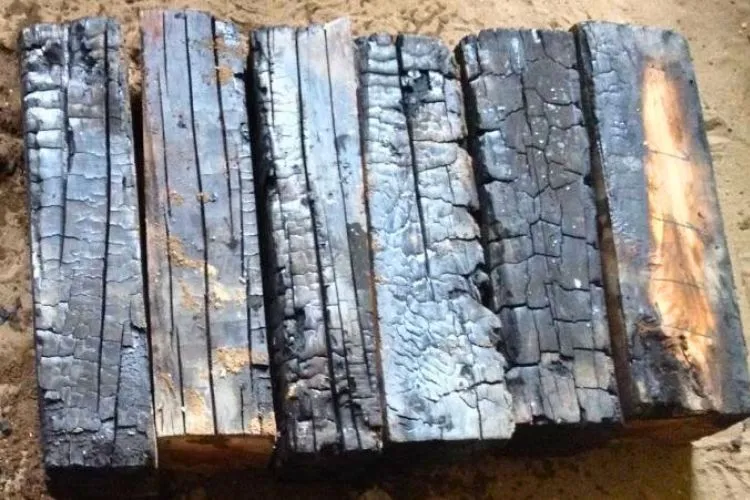
Understanding these properties can shed light on why burnt wood can be reused as an effective ignition source.
Physical Properties
- Porosity: Charcoal is notably more porous than unburnt wood. This characteristic allows it to absorb and retain a substantial amount of oxygen, which is crucial for combustion. The increased surface area presented by the pores aids in the rapid adsorption of oxygen, facilitating easier ignition.
- Reduced Moisture Content: During the charring process, most of the moisture within the wood is expelled. The resultant dry state of charcoal makes it more combustible, as energy is not wasted on evaporating moisture, leading to a more efficient ignition and burning process.
- Lightweight: The combustion process removes volatile compounds, making charcoal lighter than its original wood form. This property isn’t directly related to its combustibility but is indicative of a successful char, which ensures a higher combustibility rate.
Chemical Properties
- High Carbon Content: Charring concentrates the carbon content by removing volatile gases and leaving behind a carbon-rich structure. Carbon, being a fundamental fuel, combusts to generate heat, making charcoal an efficient fuel that burns at higher temperatures and more steadily than raw wood.
- Lower Ignition Temperature: The chemical changes that occur in wood during the charring process reduce the temperature required to ignite the charcoal compared to unburnt wood. This property is particularly advantageous for starting fires, as it requires less heat to begin combustion.
Application in Starting Fires
Given its enhanced porosity, reduced moisture content, and rich carbon composition, charred wood (charcoal) is predisposed to ignite more readily and burn hotter and longer than its unburnt counterpart.
These properties make it an ideal candidate for kindling or sustaining a new fire. When attempting to start a fire with burnt wood, the presence of these physical and chemical characteristics significantly increases the likelihood of success.
By understanding and leveraging these properties, one can efficiently use charred wood as a reliable source of fuel for new fires, affirming the utility of burnt wood in fire-starting practices.
Conclusion:
In conclusion, while involving an element of nuance, burnt wood, primarily in its charred form, can be a beneficial resource for starting a fire.
This capability is mainly due to charred wood’s unique physical and chemical attributes—increased porosity, lowered moisture content, concentrated carbon content, and reduced ignition temperature—which facilitate efficient combustion.
When appropriately harnessed, these properties can make charred wood an excellent kindling or fuel for new fires. This understanding serves to widen our knowledge on practical, sustainable utilization of resources, enabling us to better navigate our interactions with the natural world.

